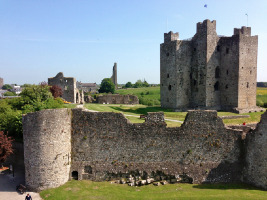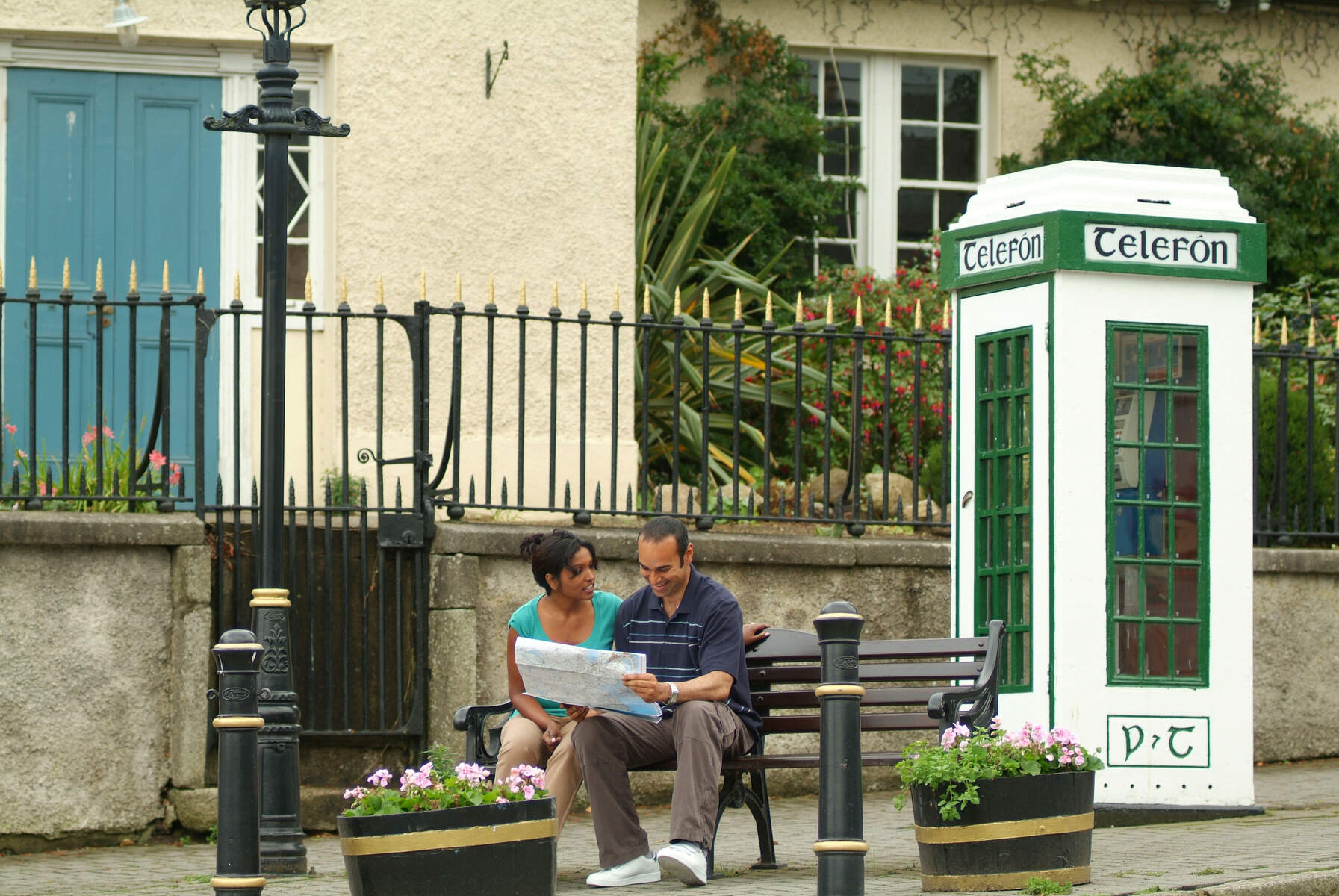Vision of the Seas visit to Dublin 30 31 May 2017 – Private Shore excursion to Newgrange and boyne valley
I have cruised on this Royal Caribbean vessel with a gross tonnage of 78,491. Vision of the Seas is 279 metres (915 ft) and beam of 32.2 metres (106 ft). She was launched in 1998. This cruise ship has 10 passenger decks and capacity for 2,416 guests, with a crew of 765.
Today we collected our private group from Dublin port at 0800am, We picked up the Doyle family from the United States. Our first stop was Newgrange passage tomb along Ireland’s Ancient east.

Newgrange passage tomb
The complex of Newgrange was originally built between c. 3200 and 3100 BC.[ older than Stonehenge, and the Great Pyramid of Giza in Egypt. It also as well as predates the Mycenaean culture of ancient Greece. There have been various debates as to its original purpose. Many archaeologists believed that the monument had religious significance of some sort or another, either as a place of worship for a “cult of the dead” or for an astronomically-based faith. The archaeologist Michael J. O’Kelly, who led the 1962–1975 excavations at the site, believed that the monument had to be seen in relation to the nearby Knowth and Dowth.
It is speculated that the sun formed an important part of the religious beliefs of the Neolithic people who built it. One idea was that the room was designed for a ritualistic capturing of the sun on the shortest day of the year, the Winter Solstice, as the room gets flooded with sunlight, which might have helped the days start to get longer again. This view is strengthened by the discovery of alignments in Knowth, Dowth and the Lough Crew Cairns leading to the interpretation of these monuments as calendrical or astronomical devices.
During the medieval period, Newgrange and the wider Brú na Bóinne Neolithic complex gained various attributes in local folklore, which was often connected to figures from wider Irish mythology. The monuments of the Brú were thought of by some as being the abode of the supernatural Tuatha De Danann, whilst others considered them to be the burial mounds of the ancient kings of Tara. Amongst those who believed the folkloric tales relating the Brú to the Tuatha De Danann, it was commonly thought that they were the abode of the most powerful of the Tuatha, particularly The Dagda, his wife Boann and his son, Oengus. According to the 11th century Book of Lecan, the Dagda had built the Brú for himself and his three sons, whilst the 12th century Book of Leinster describes how Oengus tricked his father into giving him the Brú for all eternity. Another text, The Pursuit of Diarmaid and Grainne also implies that Oengus owned the Brú, when he declared how he took his friend Diarmaid to it.
Next we headed for Trim Castle

This is one of the largest and most impressive medieval castles in Ireland; on the rising ground of the opposite bank is the jagged ruin of the ‘Yellow Steeple’ of St Mary’s Abbey, still the tallest surviving medieval structure in the country, despite reputed Cromwellian attempts to blow it up; St Patrick’s Cathedral, on the highest point, and the probable site of the Early Christian settlement, incorporates a fifteenth century tower; and to remind us of change, continuity, and the association between height and prestige, a statue of the first Duke of Wellington, thought to have been a local by birth and former MP for the town, stands on a massive column erected in 1817, two years after his victory at Waterloo.
Trim – Áth Truim, ‘Ford of the elder tree’ – was near the head of the navigable part of the river, and at an important crossing place. It was a significant settlement even before the foundation of its first church, reputedly by St Lommán in the mid-fifth century. So, long before the arrival of the Anglo-Normans Trim was a strategic location with a rich hinterland. At the beginning of the Norman colonisation of Ireland Henry II, king of England, granted Hugh de Lacy the palatine lordship of Meath, a vast area stretching from the east coast to the Shannon in which he was expected to organize and exercise most of the powers of a medieval monarch. Trim was at the centre of this area, at a junction of land and water transport.
Between 1175 and 1202 de Lacy, and his son Walter, built a castle on the rock beside the ford and made it the head or caput of the lordship. Trim castle was the central military stronghold of the lordship and a massive, symbol of conquest. As colonisation proceeded it also accommodated the full range of feudal administration necessary for a ‘lordship’, with its own military, financial, and legal powers. The earliest charter for the town of Trim, clustered outside the castle, dates to 1194, but the urban community had probably been established by Hugh de Lacy before his death in 1186. Towns are important in the development of a society organized beyond the point of subsistence farming. Trim castle provided the security required for social and economic focus and as a place for trade, in the context of the Anglo-Norman colonisation of Ireland.
Then it was a final stop back in Dublin for a pint at the Guinness Store house before returning to the cruise ship. Tomorrow its part 2. same ship different family heading Soth to County Wicklow to explore the roots…… Its the O’Tools first thing in the morning.


